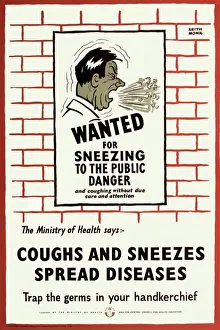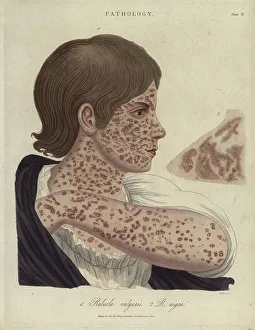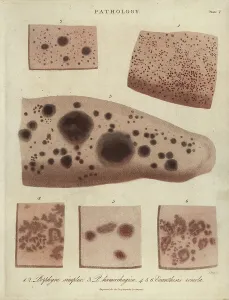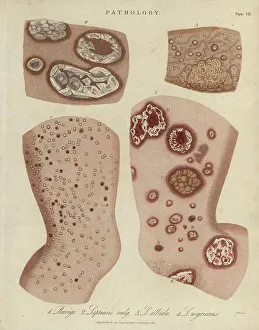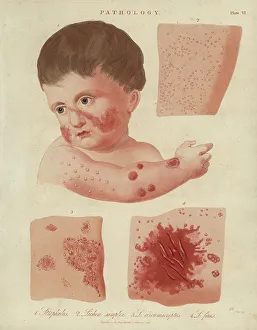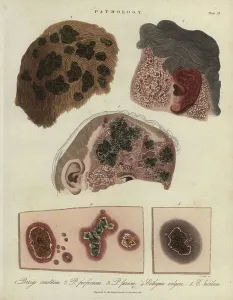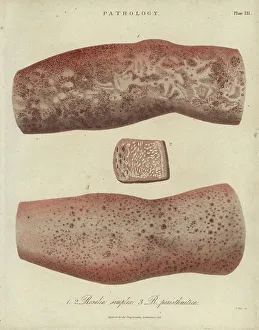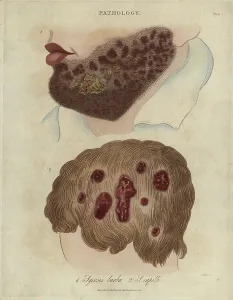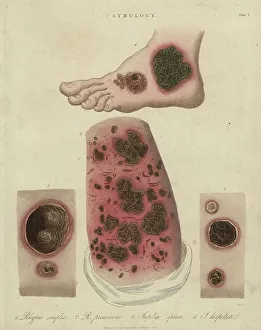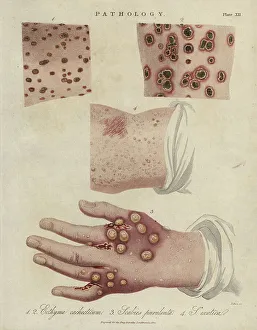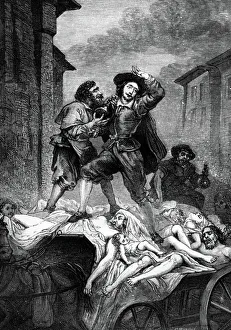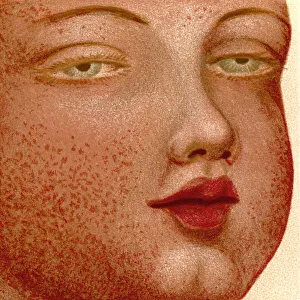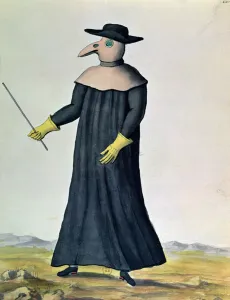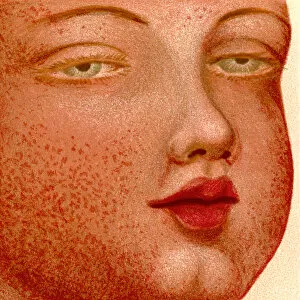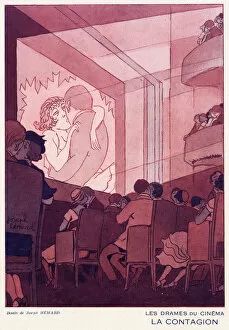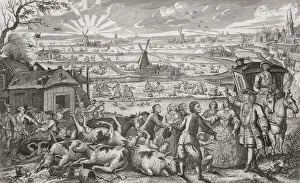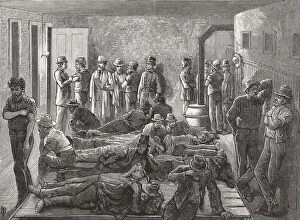Contagious Collection
"Coughs and Sneezes Spread Diseases: A Historical Reminder of Contagiousness" In times past, the world has witnessed the devastating consequences diseases
All Professionally Made to Order for Quick Shipping
"Coughs and Sneezes Spread Diseases: A Historical Reminder of Contagiousness" In times past, the world has witnessed the devastating consequences diseases. From the plague-ridden streets of Palermo in 1624 to the cholera outbreak in 19th century Sicily, these images serve as a stark reminder that illnesses can spread rapidly if left unchecked. During World War II, a poster boldly proclaimed "Coughs and Sneezes Spread Diseases, " urging people to take precautions for their own safety. Even then, it was understood that simple acts like covering one's mouth could make a significant difference. Lifebuoy Soap advertisements also played a role in promoting hygiene and preventing contagion. These ads emphasized the importance of cleanliness in warding off illness—a message still relevant today. The Spanish Flu pandemic of 1918-1919 brought widespread devastation, as seen at Walter Reed Hospital in Washington, D. C. The image captures the somber reality faced by medical professionals during this deadly outbreak. Looking further back into history, we find St. Charles Borromeo administering sacraments to plague victims in 1576—an act of compassion amidst despair. Similarly, St. Rosalie interceded for those suffering from the plague in Palermo centuries earlier—her presence offering solace during dark times. Even ancient civilizations recognized contagious diseases' impact; hieroglyphics depicting the Great Plague remind us that humanity has long grappled with such challenges. As we reflect on these historical moments and images, let us not forget our responsibility to prevent future outbreaks. Eruptive fevers like scarlet fever once plagued communities but are now largely controlled through advancements in medicine and public health practices. Contagiousness is an ever-present threat throughout human history—one that necessitates vigilance and collective action against infectious diseases. Let us learn from our past experiences so that we may build a healthier future together.

